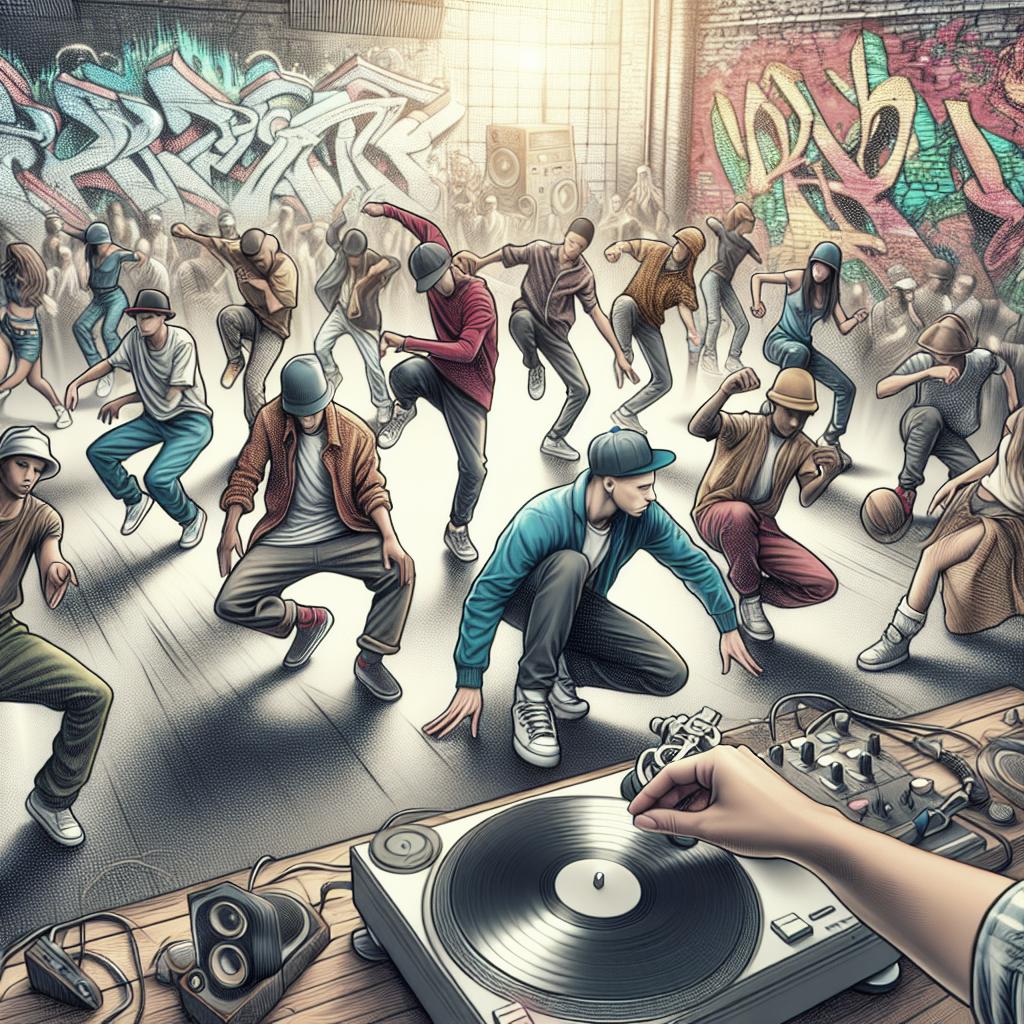Everything You Should Know about Hip Hop Dance
Hip-hop dance has transcended beyond its streets origin, becoming a global phenomenon that continues to evolve. This blog post explores the intersection of hip-hop culture and dance, highlighting the influences of social media, the roots and spirit of breakdancing, and pathways for learning. Whether you’re just getting started or are an experienced dancer, there is always more to discover in this dynamic art form. Join us as we break down the essential facets of hip-hop dance and how you can immerse yourself in its vibrant community.
The Pros and Cons of Social Media for Dancers
Social media has revolutionized how dancers share their art, connect with audiences, and even find professional opportunities. Platforms like Instagram, TikTok, and YouTube allow dancers to showcase their skills to a global audience, creating instant and expansive reach. This visibility can be particularly useful for upcoming dancers seeking to make a name for themselves.
However, this digital spotlight comes with challenges. Social media can sometimes prioritize viral trends over artistic authenticity, pressuring dancers to conform to popular styles at the expense of their unique voice. Moreover, the competitive nature of social networks can lead to an unhealthy focus on likes and followers instead of genuine skill development. Therefore, dancers should strive to keep a balanced approach, using social media to enhance, not consume, their artistic journey.
Hip-Hop Culture
Hip-hop culture is a rich tapestry woven from music, graffiti, fashion, and dance—each element contributing to its dynamic narrative. Originating in the Bronx during the 1970s, hip-hop quickly spread across the globe, serving as a platform for self-expression and social commentary. At its core, hip-hop celebrates individuality and community collaboration in equal measure.
The dance aspect of hip-hop mirrors the energy and diversity of the culture itself. Moves are often improvised, creating spontaneous dialogues between dancers and their environment. Mastering these movements requires more than technical skill; it demands understanding the rhythm and soul of hip-hop culture, embracing its roots and ongoing evolution.
Get Moving with Hip-Hop Dance
Entering the world of hip-hop dance can be daunting, yet it is accessible to everyone regardless of background. The first step to getting moving is understanding the basics, often through simple tutorials or beginner classes that introduce foundational moves. Many dance studios now offer hip-hop classes tailored to new learners, focusing on building confidence and rhythm.
Once comfortable with the basics, dancers can begin exploring more advanced techniques. This might involve experimenting with styles such as popping, locking, and krumping. Competitions and battles offer avenues for dancers to test their skills in high-energy environments, challenging not only technical ability but also creativity and adaptability.
Breakdancing
Breakdancing, or b-boying/b-girling, is a cornerstone of hip-hop dance that combines agility, strength, and creativity. Characterized by explosive moves such as spins, freezes, and power moves, breakdancing captivates with its physical intensity and expressive freedom. The style emerged as a form of street dance battles, providing a non-violent outlet for rivalries.
Today, breakdancing has earned recognition on global stages, including its recent addition as an Olympic sport. As its profile grows, so does the diversity of its practitioners, embodying hip-hop’s inclusive spirit. Mastering breakdancing requires dedication and resilience, pushing physical limits while staying true to the dance’s original ethos.
Learning Hip-Hop
Learning hip-hop encompasses much more than just mastering steps; it’s about embracing a mindset and a lifestyle. Engaging with digital resources like online tutorials, video workshops, and virtual classes can offer a flexible approach for those who cannot access local classes. Online communities provide support and guidance for learners across different skill levels.
Nevertheless, in-person interaction remains invaluable. Attending live classes or workshops led by experienced instructors allows dancers to absorb feedback and energy that digital formats may lack. Participating in events, jams, and community sessions fosters connections and insights into hip-hop’s vibrant community, encouraging lifelong growth and learning.
Summary of Main Points
| Topic | Main Points |
|---|---|
| Social Media for Dancers | Offers visibility and networking; risks including inauthenticity and pressure from trends. |
| Hip-Hop Culture | Integrates music, dance, art; emphasizes individuality and community. |
| Getting Started | Begin with basics classes; explore styles and competitions as skills improve. |
| Breakdancing | Focuses on powerful, creative moves; recognized globally, including as an Olympic sport. |
| Learning Hip-Hop | Combines digital resources with live training; encourages community participation. |


